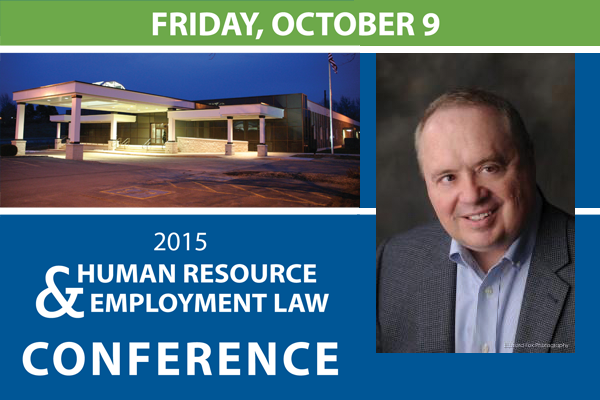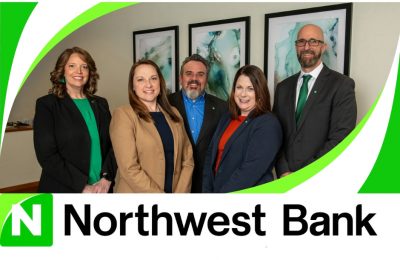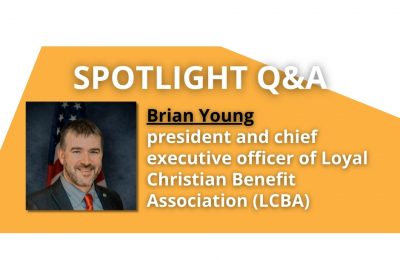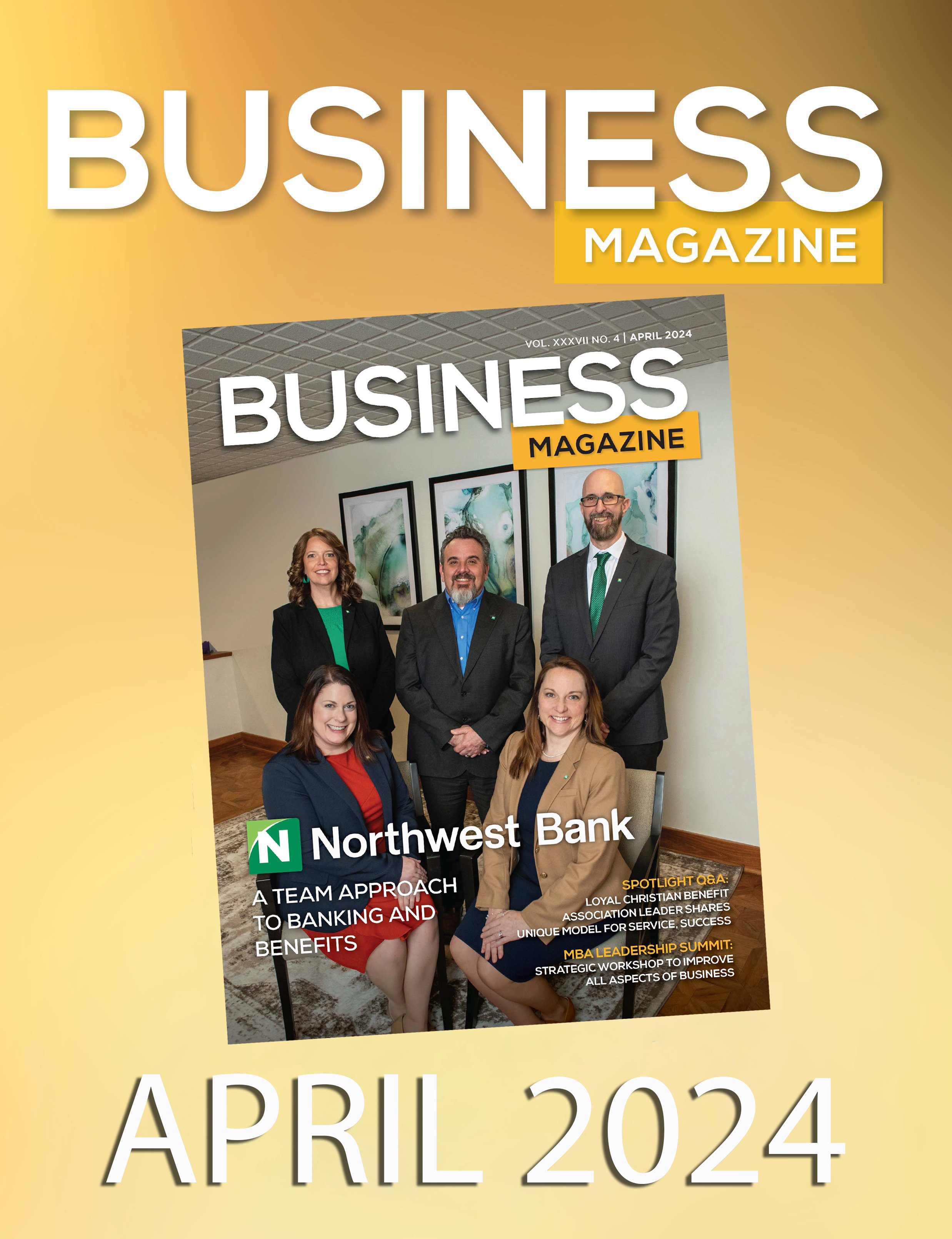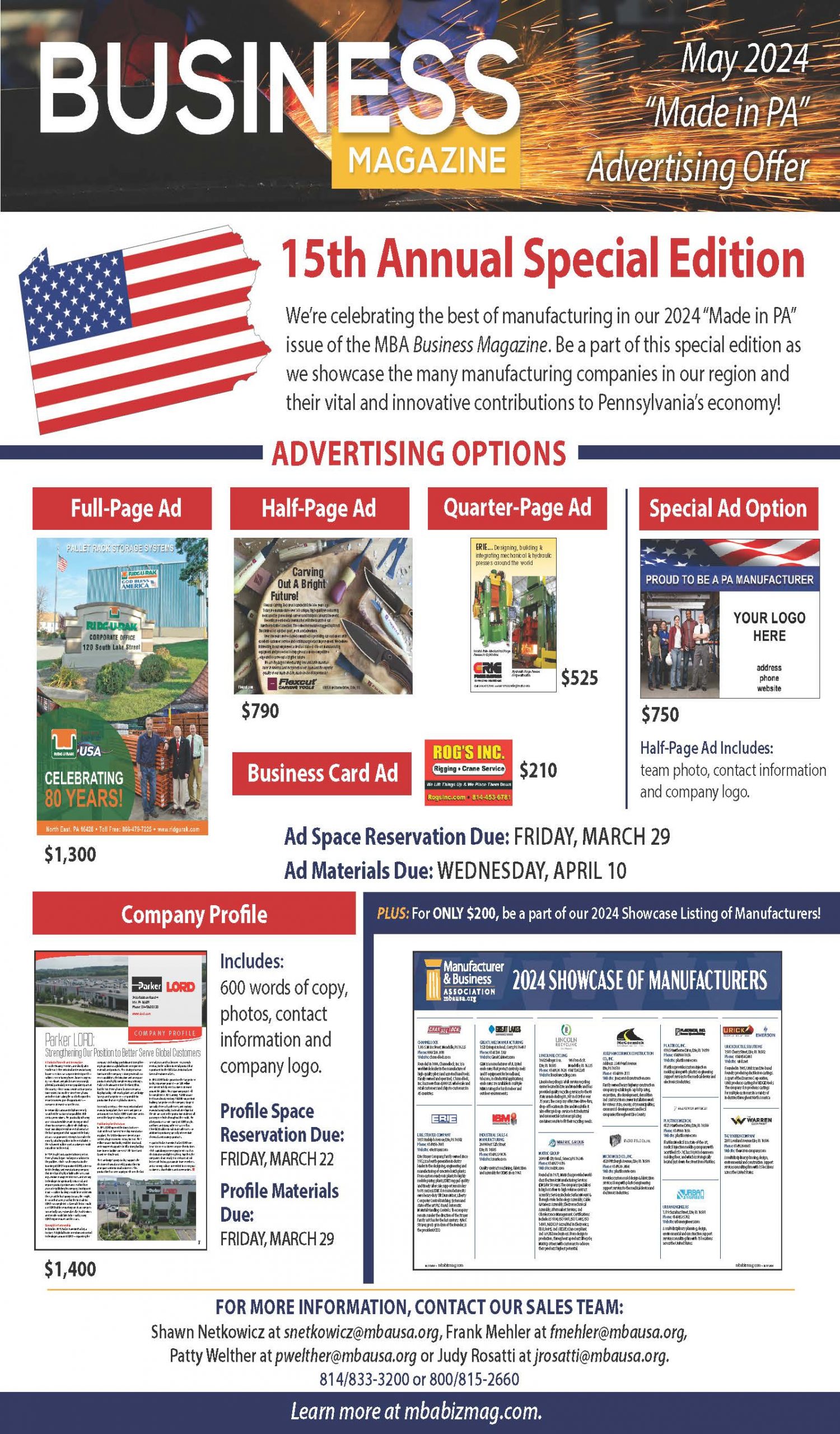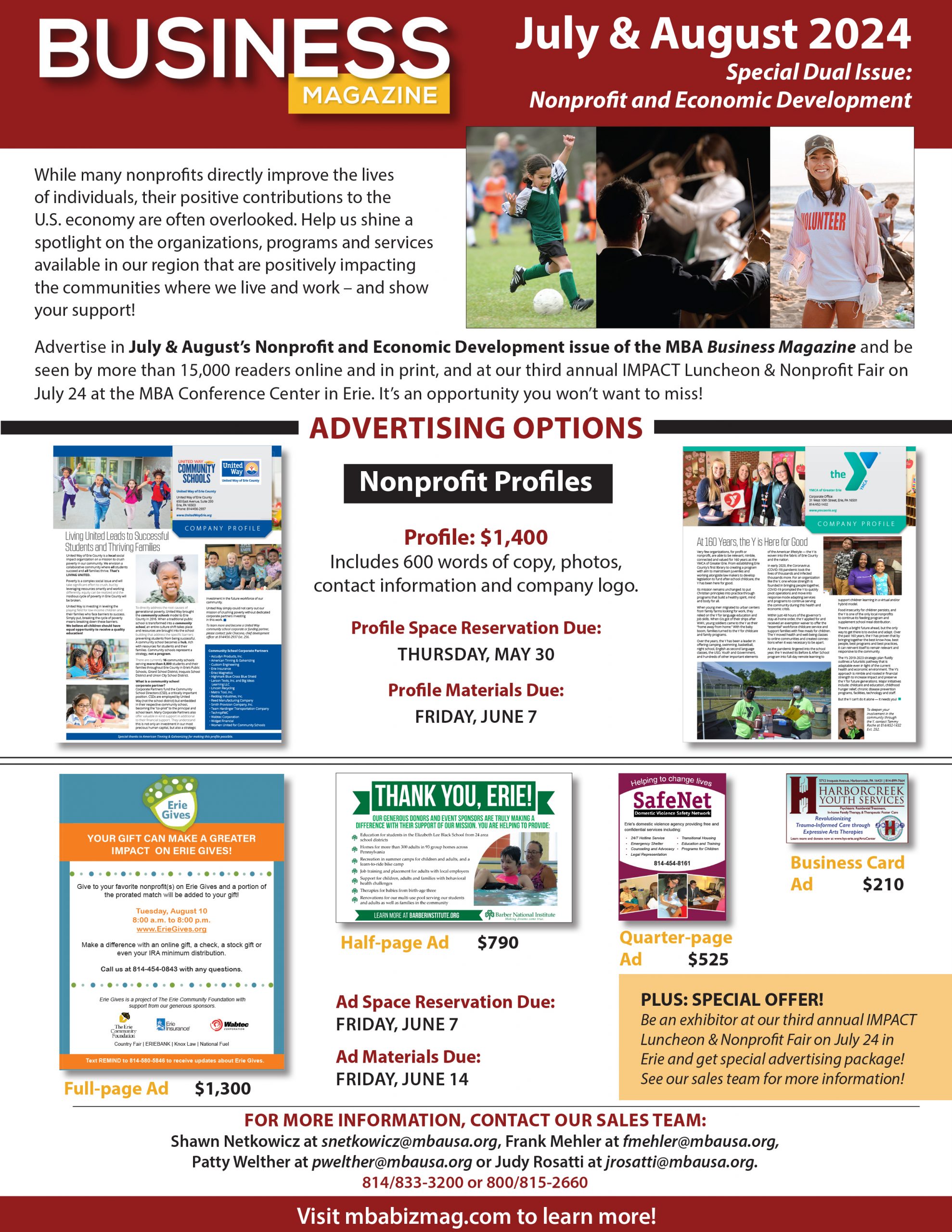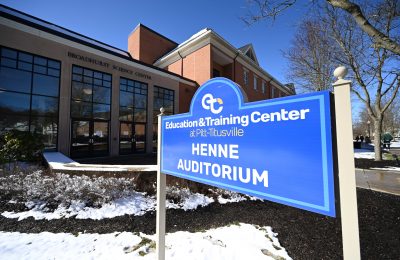Dubbed the “serial entrepreneur,” Tom Walter is a national speaker and co-author of the award-winning book It’s My Company Too! How Entangled Companies Move Beyond Employee Engagement for Remarkable Results. He also is best known as the chief culture officer of the Chicago-area caterer Tasty Catering and is a principal in nine other successful organizations. Here, Walter shares his business background and the importance of leadership’s role in employment engagement, which he will present on at the Association’s annual HR & Employment Law Conference on October 9 in Erie. To register, visit www.mbausa.org.
You describe yourself as a “serial entrepreneur.” Please explain.
I have founded or co-founded 31 businesses and bought three in the past 40-plus years. We currently have six operating companies and four real estate investments. The last five companies were co-founded by our staff who were in their twenties at the time of launch. I have an equity position in all of those companies. In addition, we have invested and/or facilitated in three companies that were started by current employees.
How did you come to get involved with and invest in Tasty Catering?
My two brothers and I owned three fast-food restaurants. We had opened the first of these in 1984. Some of our clients asked us if we could provide cold deli trays, boxed lunches and picnics. Those services were sold as an additional revenue stream for the restaurants. We then launched Tasty Catering as a standalone business in 1989 because of the increased demand. We were operating out of the back of one of the restaurants. In the spring of 1995, we bought a 5,000-square-foot warehouse and moved the catering business to this site. Business continued to grow rapidly, and, in 2005, we sold the last of the three restaurants, as well as the catering building, and moved into a 23,000-square-foot building.
Financial needs were addressed with the restaurant’s cash flow/profits. We used bank financing for the purchase of the properties and for a line of credit.
You are presently the company’s CCO — chief culture officer. Why did you decide on that title, and what does it mean?
The title, chief culture officer, was actually given to me by one of our staff, who has since co-founded one of our companies — a creative agency. She told me that the Leadership Team had decided that if I focused on the culture, we would not need a CEO or president.
Our employees had created our culture including the values, vision and mission, as well as our Big Hairy Audacious Goal using the book Good to Great by Jim Collins. Her statement was in reference to an Organizational Behavior statement; that is, Antecedents > Behaviors> Consequences. Our culture statement is the Antecedent. My job is to focus on the Behaviors, and the Consequences or outcomes should then be excellent. To paraphrase Peter Drucker, the outcome of every organization is directly related to the behaviors of the organization.
The young lady that anointed me with that title was correct. I focus on the people; they focus on the organization.
You believe that leadership has an important role in employee engagement. How so?
Everything in an organization begins with leaders. Leadership is a way of life. Management is a job. Leaders are always watched, listened to and talked about. Effective and ethical leaders have effective and ethical staff. Conversely, ineffective and unethical leaders have ineffective and unethical staff. If leaders are ethical and live the organization’s culture, employee engagement should soar.
You and your team have created and nurtured an employee-focused culture that has amassed more than 20 best places to work awards, including the American Psychological Association’s Psychologically Healthiest Workplace. What is one of the best lessons you’ve learned?
Everyone is someone. Everyone must be treated with respect.
What other topics can our members look forward to hearing about during your presentation on October 9?
- A definition of employee engagement and an illustration, from evidence-based research, which proves that employee engagement is a financial asset;
- A five-step formula for building employee engagement; and,
- Videos featuring our employees discussing how the culture was constructed, how it is maintained, how we use financial transparency as an employee engagement tool, and one that illustrates incredible unexpected outcomes from high levels of employee engagement.


